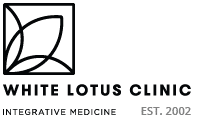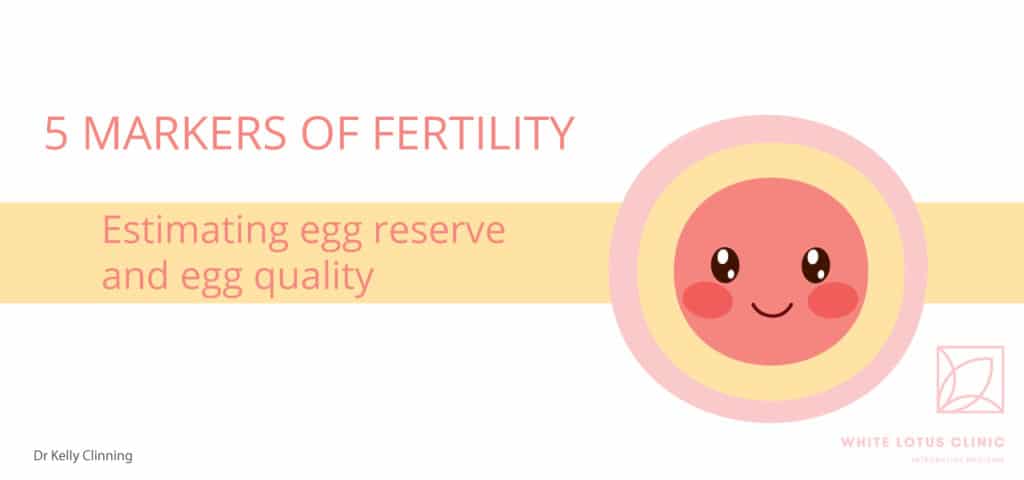In a hurry? Click here to read the key takeaways, otherwise let’s start by understanding what menstrual migraines are and what causes them…
Women are now having children at an older age than ever before. In fact, a statistic report published in the United States in 2017 found that birth rates were falling in every age group except for one: women in their 40s1. The study also found a record low of births in women aged 20-291!
Age, of course, has a significant impact on fertility. A woman is born with all of the eggs she will ever have, and reaches her peak fertility between 20 and 30 years old. Although we see fertility start to shift in the 30s, it isn’t until the mid-late 30s that we start to see fertility decline at a faster pace. That being said, age isn’t the only factor that impacts fertility. Every individual is unique, and some women get pregnant easily in their early 40s.
Interestingly, there are several markers that can be used to estimate your current fertility. These include assessing your egg reserve and estimating your egg quality. For women who are deciding whether or not to wait to have children, or for women who are struggling to get pregnant, assessing egg reserve and quality can help with decision-making and direct treatment if needed.

What factors impact egg reserve and egg quality?
Age
Diet and Lifestyle
Autoimmune conditions
Thyroid
Thyroid gland health can also impact egg quality. Eggs rely on thyroid hormones for proper development, and women who have low functioning thyroid—also known as hypothyroidism—that is untreated can have lower egg quality for this reason. (See the “What’s Next” section for more)
PCOS
PCOS can impact egg quality because of the hormonal imbalance commonly associated with this condition. Small amounts of testosterone are needed for proper egg development, but too much testosterone, which is common in PCOS, can impair this process.
Endometriosis
Finally, Endometriosis, which is an extremely painful condition where uterine-like tissue is found outside of the uterus—can impact fertility by causing inflammation and immune dysfunction.

How can you estimate egg quality and egg reserve?
LH, FSH, Estradiol (Day 3)
These three blood tests should be run together on Day 3 of the menstrual cycle for accurate interpretation. As egg quality goes down, FSH, LH and estradiol tend to rise early on in the cycle. This can be a sign that the body is trying harder to get the eggs to develop properly, and for ovulation to happen.
There are other reasons these markers could be high or low, so make sure to interpret results with the help of a health practitioner. LH, for example, can be high due to PCOS as well.
AMH
AFC
Remember that one number does not define you or your fertility. These tests always need to be interpreted within the context of your entire health, and many of them can and do change from cycle to cycle, and with treatment.
Key Takeaways from this article
- Age isn’t the only factor that impacts egg quality and egg reserve. Other factors include: diet and lifestyle, autoimmune conditions, thyroid health, and conditions such as PCOS and endometriosis
- Egg quality and egg reserve can be estimated through several blood tests, including FSH, LH, Estradiol and AMH
- The most accurate assessment of egg reserve is an ultrasound test called AFC (Antral Follicle Count)
- One number does not define your fertility. These numbers always need to be interpreted within the context of your health and fertility overall
Learn more about egg quality
- There are many other tests that can be important when assessing fertility. If you’re curious about a naturopathic perspective to fertility testing, Dr. Fiona discusses some of these tests in this article.
- As mentioned above about thyroid concerns, Dr Fiona’s article on how the thyroid impacts egg quality.
- Our general library of articles on Naturopathic approaches to fertility contains many articles covering many aspects of fertility approaches. From natural fertility, to ways to increase success rates for IVF to coping with fertility stress. We have spent many years working with patients on this topic and we understand how difficult this journey can be. These articles are here for you and we hope they can help you on your fertility journey.
- And of course if you are in Ontario or the greater Toronto area and are ready to get a naturopathic perspective, you can read more about how we treat and assess fertility concerns at the White Lotus clinic.
A list of studies and publications on egg quality referenced in this article
- Hamilton BE, Martin JA, Osterman MJK, Driscoll AK, Rossen LM. Births: Provisional data for 2017. Vital Statistics Rapid Release; no 4. Hyattsville, MD: National Center for Health Statistics. May 2018. Available from: https :// www .cdc. gov/nchs/data/vsrr/report004.pdf
- Scheffer, G. (2003). The number of antral follicles in normal women with proven fertility is the best reflection of reproductive age. Human Reproduction, [online] 18(4), pp.700-706. Available at: https://academic.oup.com/humrep/article/18/4/700/596535.





